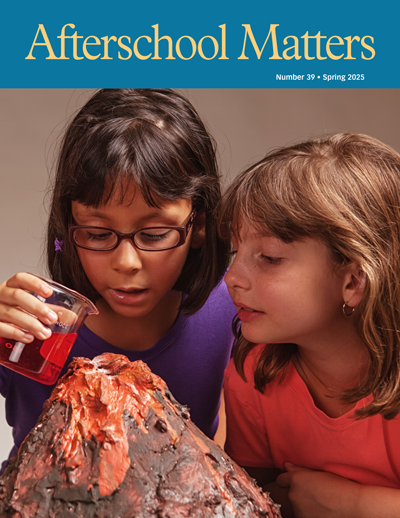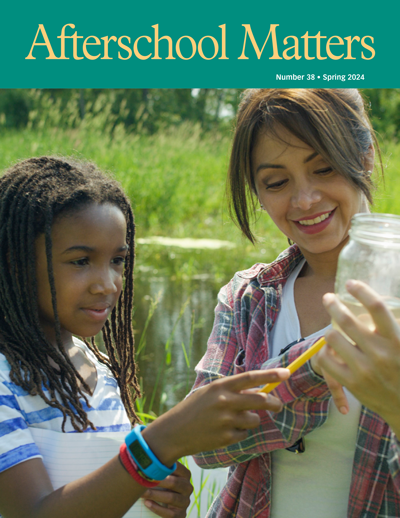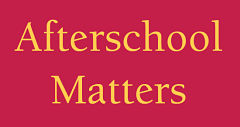Investigating and Increasing Equity in Out-of-School Time
February 13, 2020
 NIOST designed the recently released version of its APAS suite of tools to more fully reflect equity, inclusion, and diversity in the experiences of youth, families, and the out-of-school-time (OST) workforce. We also have a number of papers to share from our journal, Afterschool Matters, on these important topics.
NIOST designed the recently released version of its APAS suite of tools to more fully reflect equity, inclusion, and diversity in the experiences of youth, families, and the out-of-school-time (OST) workforce. We also have a number of papers to share from our journal, Afterschool Matters, on these important topics.
- In “Equity and Inclusion: An Action Agenda for Youth Development Professionals,” Jennifer Siaca Curry proposes “significant yet simple changes … to support youth while embracing their diverse assets” and offers a theory- and practice-based model for how OST professionals can approach their work using critical social pedagogy, a framework that “views educators as caregivers and protectors of children’s rights.”
- “What If? Building Creative Cultures for STEM Making and Learning,” by Bronwyn Bevan, Jean Ryoo, and Molly Shea, shares the results of a research-practice partnership among four afterschool programs serving youth from marginalized communities. Over three years, the project identified key characteristics of inclusive and equity-oriented Maker activities and facilitation, and also defined the professional development that afterschool educators need to support Making as a strong place for STEM learning.
- “Measuring Program Quality, Part 2,” by NIOST’s Amanda Richer, Linda Charmaraman, and Ineke Ceder, looks at potential cultural bias in a program quality assessment tool and offers suggestions for how funders and policymakers can seek and support assessments that reduce scoring gaps favoring one group of people over another.
- “A Seat at the Table: Listening to Adolescent Black Girls,” by Abigail Amoako Kayser, Annalee Jackson, and Brian Kayser, examines mentoring programs for adolescent Black girls. The researchers conducted in-depth interviews with girls in one community, along with their parents, mentors, program leaders and staff, to learn what the girls needed to succeed.
- In “Creative Youth Development in the Context of Homelessness,” Alexandra E. Pavlakis looks at the educational challenges faced by homeless youth, who are disproportionately Black and Latinx. Community-based OST programs, she says, which are often more flexible than traditional schools, can provide critical support for these youth not only by offering a break from their adverse living conditions but also through access to community resources and opportunities to build relationships.
- In “Youth-Led Participatory Action Research,” Yolanda Anyon, Heather Kennedy, Rebecca Durbahn, and Jeffrey M. Jenson observe that afterschool programs often find it challenging to retain participants during the transition to middle school, when the youth begin to seek autonomy. This is especially true for low-income youth of color, they say, who are more likely than others “to experience discrimination and disengagement from school and adult authorities.” How can OST programs engage these students? They explore one answer--youth-led participatory action research (YPAR), an approach “designed to support participants’ self-determination and increase power-sharing between youth and adults.”



